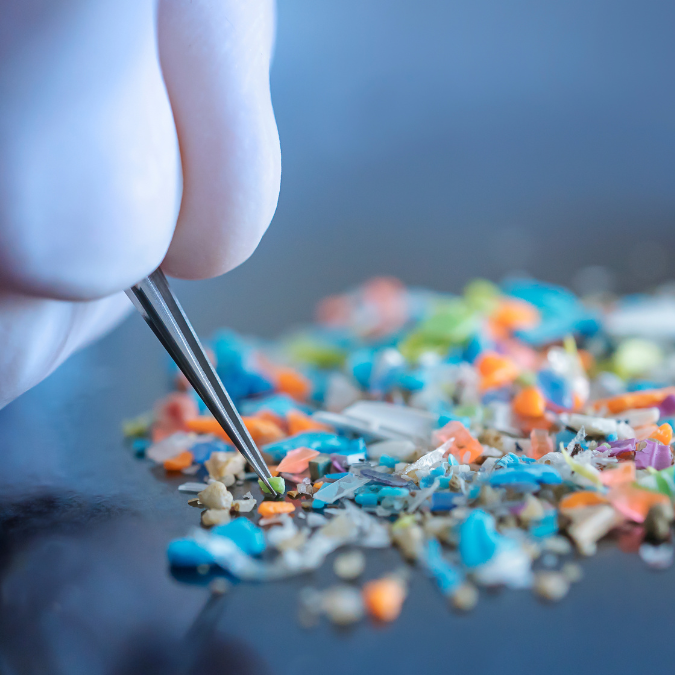Microplastics, tiny plastic particles less than 5 millimeters in size, have become a major environmental and health concern. Their pervasive presence in air, water, and soil poses significant risks to ecosystems and human well-being.
The Rise of Microplastics:
Plastic production has skyrocketed over the past few decades, with its versatility and affordability driving its widespread use. However, this convenience comes at a cost. Plastic waste breaks down into microplastics, which are now found everywhere, from the deepest ocean trenches to the highest mountain peaks.
From Food to Air: Pathways of Exposure:
Humans are primarily exposed to microplastics through two main routes: dietary ingestion and air inhalation.
- Dietary Ingestion: Microplastics contaminate food through various means, including plastic use in food production, processing, and packaging. They are found in a wide range of food items, including table salt, seafood, meat, and drinks.
- Air Inhalation: Airborne microplastics originate from tire abrasion, plastic materials weathering, and aquatic microplastics becoming airborne.
A Global Threat with Regional Variations:
The level of microplastic exposure varies significantly across different regions. Industrial development, waste management practices, and food processing technologies all play a role in determining exposure levels. For example, table salt from industrializing countries can contain 100 times more microplastics than salt from developed nations. Similarly, outdoor dust in some developing countries can have over 800% more airborne microplastics compared to developed regions.
Health Concerns:
The presence of microplastics in food and air raises concerns about their potential health impacts. Studies have shown that individuals with inflammatory bowel disease have significantly higher levels of microplastics in their feces, suggesting a potential link between exposure and health issues.
Urgent Action Needed:
The projected 50% increase in microplastic levels by 2040 necessitates immediate action to address this growing problem. Strategies include:
- Reducing Single-Use Plastics: Phasing out single-use plastics and adopting biodegradable alternatives can significantly reduce the generation of microplastics.
- Improving Waste Management: Robust recycling and waste management systems are crucial to capture and recycle plastic waste before it breaks down into microplastics.
- Innovative Packaging Solutions: Developing and adopting biodegradable packaging materials can minimize microplastic release during food processing and packaging.
- International Collaboration: Global efforts, including technology transfer and international agreements, are essential for effectively managing plastic pollution.
Mapping the Problem:
The United Nations Environmental Programme (UNEP) emphasizes the importance of global collaboration in waste management to prevent microplastic generation and exposure. Mapping microplastic uptake across different regions can provide valuable insights into the spatial variability of this issue and inform targeted interventions.
A Call to Action:
Microplastics pose a significant threat to the environment and human health. Addressing this challenge requires a comprehensive understanding of their sources, pathways of exposure, and regional variations. By mapping microplastic uptake and implementing targeted strategies, we can reduce their impact and move towards achieving the United Nations Sustainable Development Goals. Collaborative efforts, both local and global, are essential to mitigate the persistent rise of microplastic pollution and protect the planet for future generations.

